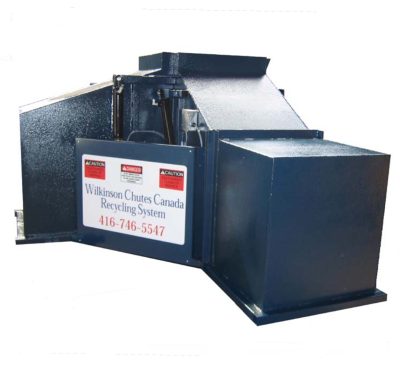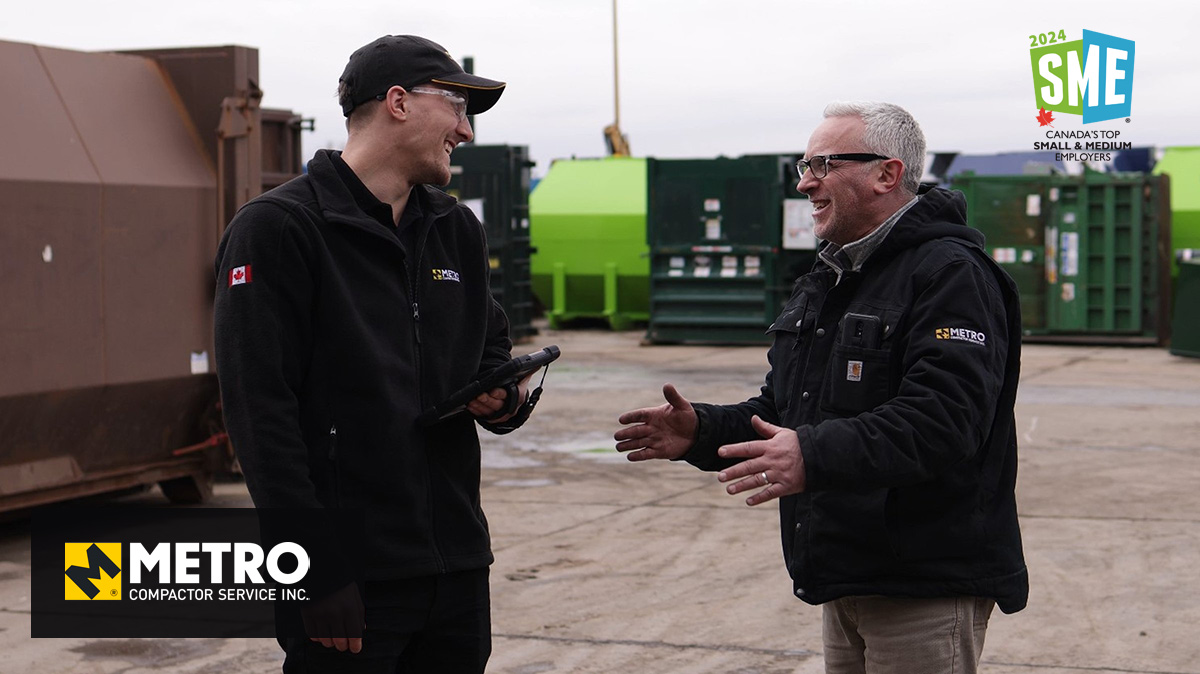Checking Out the Necessary Role of Waste Tools in Modern Recycling Processes and Sustainable Garbage Disposal Practices
The important role of waste devices in modern reusing processes underscores its importance in accomplishing lasting garbage disposal methods. Advanced systems, such as automated arranging innovations and compactors, not just improve performance but additionally play an essential duty in minimizing contamination rates and enhancing product healing. As the demand for even more sustainable options expands, it is vital to take a look at just how these technologies adjust to evolving difficulties within waste management. What ingenious advancements are on the horizon that could better change these processes?
Significance of Waste Equipment
Why is waste devices important in the reusing procedure? The effectiveness of reusing procedures hinges dramatically on the availability and performance of waste tools. This group of equipment and devices is important for the efficient collection, processing, and sorting of recyclable materials. By assisting in the splitting up of products, waste tools minimizes contamination, which is critical in making sure high-grade recyclables that can be reintroduced into producing cycles.
In addition, waste tools improves operational efficiency and safety and security within reusing centers. Advanced machinery, such as shredders and balers, allows for the quick handling of big volumes of waste, reducing labor expenses and handling time. Furthermore, the use of specialized tools reduces the risk of injury amongst workers by automating dangerous jobs.
In addition, the environmental impact of recycling is intensified by efficient waste devices. By optimizing the reusing process, centers can dramatically decrease the quantity of waste sent to landfills, thereby adding to sustainability efforts. In verdict, waste equipment is not just an ancillary part of reusing; it is a basic aspect that drives efficiency, security, and environmental stewardship in contemporary waste management techniques.
Sorts Of Waste Devices
The effectiveness of recycling procedures is carefully linked to the certain types of waste equipment used while doing so. baler rental. Numerous categories of tools are essential to the collection, sorting, processing, and transport of recyclable materials
To start with, collection devices, such as waste collection vehicles and bins, is vital for gathering recyclables from different resources, including property, industrial, and industrial places. As soon as collected, sorting tools, consisting of conveyor belts, shredders, and magnetic separators, plays a crucial function in differentiating different material types, making certain that contaminants are removed before handling.
Handling tools, such as balers and compactors, better prepares materials for reusing by compressing and packaging them into workable sizes. This not only optimizes space however likewise improves transportation efficiency. Additionally, specialized equipment like granulators and extruders is made use of for transforming materials into multiple-use forms, specifically in plastic recycling.

Role in Recycling Procedures
In recycling processes, the function of waste devices is critical in making sure efficiency and efficiency at every phase. This equipment encompasses a variety of machinery designed to take care of, procedure, and sort materials that are to be recycled. The first phase includes collection and transport, where compactors and balers play a critical function in enhancing the volume of materials for transportation, hence lowering operational costs.
Once at the recycling facility, shredders and crushers enter play, breaking down materials into workable sizes appropriate for more handling. These machines add to improving the surface area of recyclables, assisting in extra reliable product recovery. Sorting systems, equipped with advanced innovations such as conveyor belts and optical sensing units, make sure that products are precisely separated by type, thus optimizing the top quality of the recycled final result.
In addition, specific devices for handling certain products-- such as glass, plastics, and steels-- guarantees that each type is dealt with in the most effective manner. Overall, the assimilation of innovative waste devices right into the recycling procedure not just simplifies procedures however likewise dramatically adds to the overall healing rates of valuable products, rent a baler highlighting its vital role in modern reusing efforts.
Impact on Lasting Practices
Through the reliable operation of waste devices, recycling processes considerably boost lasting techniques throughout various industries. By streamlining sorting and processing functions, progressed waste tools reduces contamination in recyclable products, therefore enhancing the top quality of recycled outcome.

Additionally, the integration of clever innovations in waste monitoring systems permits real-time data monitoring and analysis, bring about more educated decision-making and functional effectiveness. As sectors progressively focus on sustainability, the role of waste devices comes to be extremely important fit techniques that align with ecological stewardship and regulatory compliance. Inevitably, the synergy between waste tools and recycling processes plays an essential role in progressing more comprehensive sustainability goals throughout communities and sectors alike.
Future Fads in Waste Management
Arising fads in waste management are poised to reshape the landscape of recycling and resource healing dramatically. One of the most critical changes is the integration of sophisticated modern technologies such as artificial intelligence, device discovering, and the Net of Points (IoT) These innovations promote enhanced sorting processes, improving the effectiveness and accuracy of recycling operations. Smart waste bins furnished with sensing units can monitor waste levels in real-time, optimizing collection routes and reducing operational costs.
Furthermore, the round economy version is obtaining traction, advertising the concept of reusing products as opposed to dealing with them. This trend urges services to develop products with end-of-life factors to consider in mind, driving the need for ingenious waste management services.
In addition, public awareness and engagement in sustainability techniques get on the increase, resulting in increased engagement in recycling programs. Federal government policies are also advancing, with stricter guidelines on garbage disposal and motivations for sustainable methods.
As these patterns assemble, they develop an extra reliable, lasting waste management system that not only minimizes ecological impact however also promotes economic growth via resource recovery and innovation in waste tools. The future of waste management looks appealing, driven by technology and a dedication to sustainability.
Conclusion
In verdict, waste tools plays a critical function in boosting the performance and effectiveness of contemporary recycling processes. As waste administration continues to develop, the relevance of ingenious waste equipment will remain critical in accomplishing sustainability goals and addressing the challenges of resource deficiency.